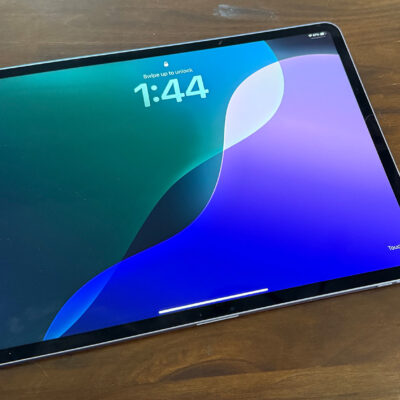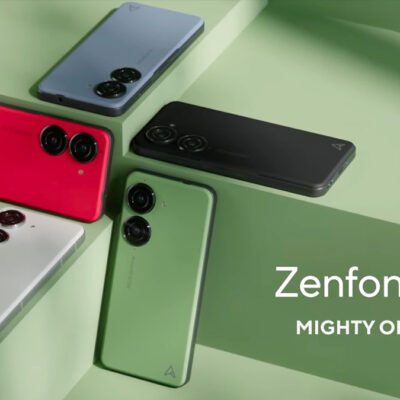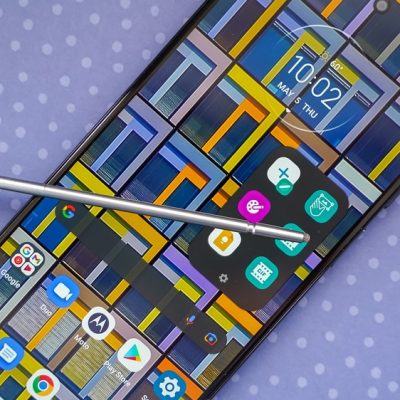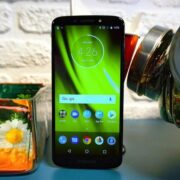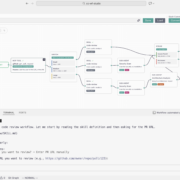
The Asus Zenfone 8 series is now official, and one thing that might have come as a surprise – there is no Zenfone 8 mini. It’s because the Zenfone 8 itself comes in a mini for factor this year. Asus wanted to make one of the most compact Android phones without compromising anything – speed, screen, camera, battery, not even stereo speakers and a 3.5mm jack. And they did it! Meet one of the most intriguing phones of the season – the Asus Zenfone 8 mini.
The compact class has been barren for quite some time. The iPhone 12 mini was probably the only glimmer of hope that some Android maker might do what Apple did and what once Sony liked to offer on a regular basis – a compact yet proper Android flagship.
And that’s what the Zenfone 8 is all about – it revolves around a 5.9″ 120Hz AMOLED screen, there is the latest Snapdragon 888 5G chip, a large 4,000mAh battery, a flagship dual-camera that can take wide, ultrawide, 2x lossless zoom and macro photos. Oh, and the Zenfone 8 is water-resistant, too.
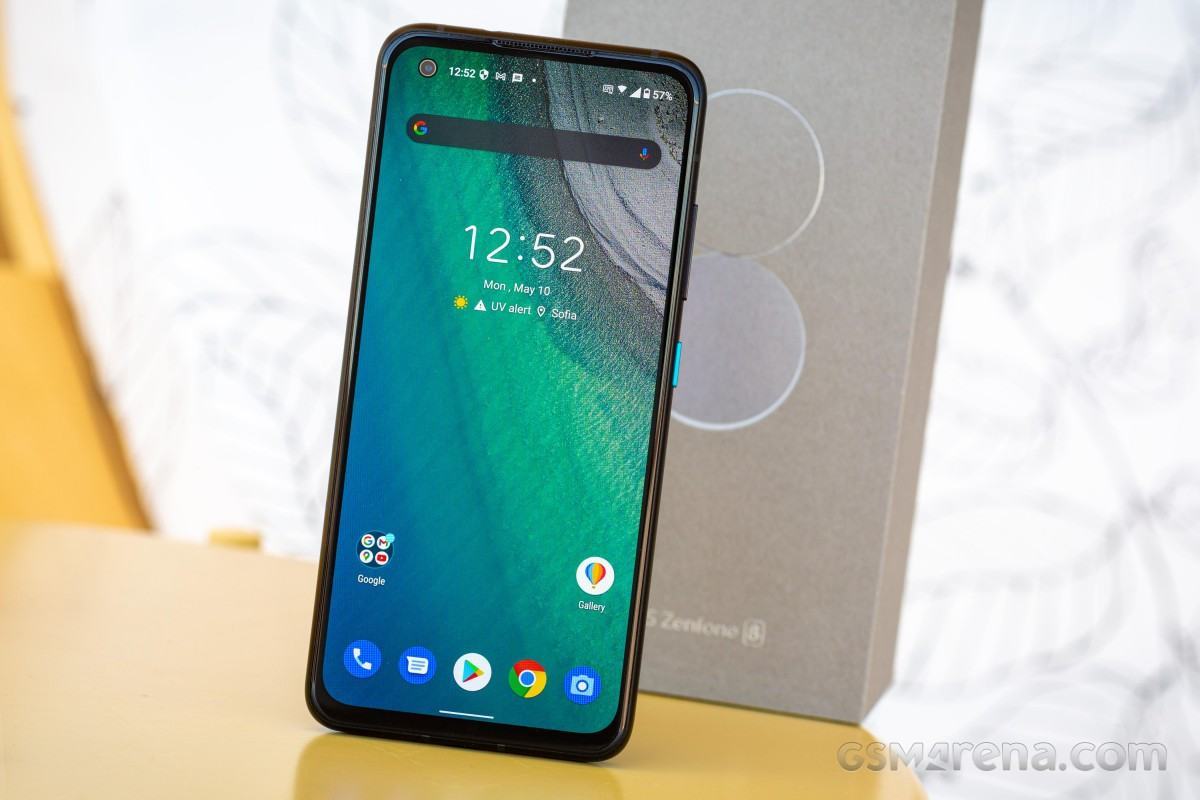
Indeed, it seems Asus made sure to include everything in the Zenfone 8 and we can’t complain. In addition to all these flagship features, we should also note the presence of the little things that sometimes make for the biggest of troubles – there are two loud stereo speakers, a 3.5mm audio jack with Qualcomm Aqstic DAC, NFC, and even FM radio if you are in a non-EU market.
The camera department seems thoroughly impressive, too. There are only two snappers at the back, but they are pulling double duty. The main 64MP camera with OIS is for your everyday shots, but it can do 2x lossless zoom. The 12MP ultrawide shooter has a large sensor and autofocus and that’s why it can do macro shots. Finally, the 12MP selfie cam is AF-enabled, too, and it is 4K-enabled.
The Zenfone 8 sounds incredible, and we can’t wait to unbox it. So, let’s take a quick look over at its specs and ger this review started.
Asus Zenfone 8 specs at a glance:
Body: 147.8x68.5x9.2mm, 165g; Gorilla Glass Victus front, aluminum frame, Gorilla Glass 3 back; IP68-rated for dust and water resistance.
Display: 5.9" Super AMOLED, 120Hz adaptive refresh rate; 240Hz touch sampling, HDR10+, 1080x2400px resolution, 20:9 aspect ratio, 445ppi.
Chipset: Qualcomm SM8350 Snapdragon 888 5G (5 nm): Octa-core (1x2.84 GHz Kryo 680 & 3x2.42 GHz Kryo 680 & 4x1.80 GHz Kryo 680); Adreno 660.Memory: 128/256GB UFS3.1 storage; 6/8/16GB RAM.
OS/Software: Android 11, ZenUI 2021.
Rear camera: Wide (main): 64 MP, f/1.8, 26mm, 1/1.7", 0.8µm, dual-pixel PDAF, OIS, 2x lossless zoom; Ultra wide angle: 12 MP, f/2.2, 14mm, 1/2.55", 1.4µm, dual-pixel PDAF, 4cm macro shots.
Front camera: 12MP, f/2.45, 28mm, 1/2.93", 1.22µm, dual-pixel PDAF.
Video capture: Rear camera: 8K@30fps, 4K@30/60/120fps, 1080p@30/60/240fps, 720p@480fps; gyro-EIS, HDR, three mics for audio zoom and NC; Front camera: 4K@30fps, 1080p@30/60fps.
Battery: 4000mAh; Fast charging 30W, QC 4.0, USB-PD 3.0.
Misc: Fingerprint reader (under display, optical); NFC; 3.5mm jack, stereo speakers, FM radio (non-EU models). It seems there is nothing missing on this €599 Zenfone 8 and you can color us impressed. Could this be a perfect phone? Only one way to find out.
Unboxing the Asus Zenfone 8
The Zenfone 8 has the usual retail bundle – it comes with a 30W power adapter, a USB-C-to-C cable, and a grippy plastic case.
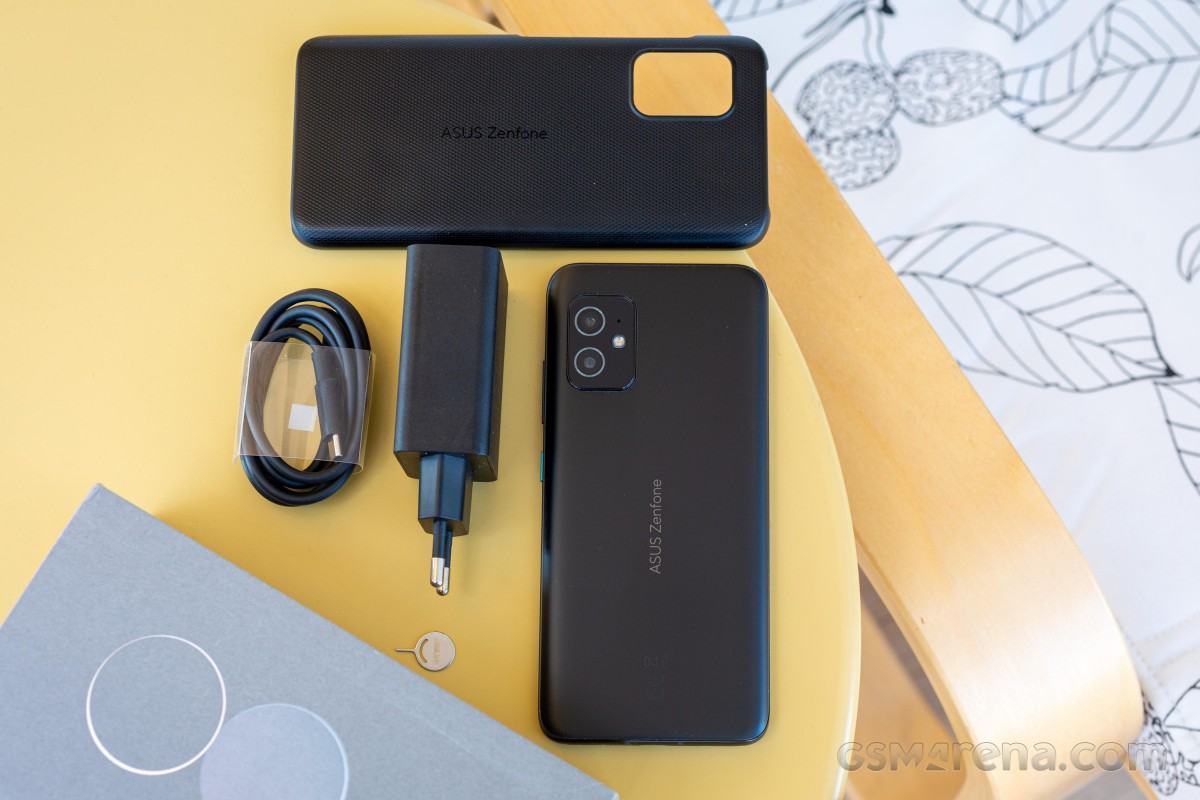
There are no headphones inside the box, though the Zenfone 8 comes with an audio jack and you can use your favorite wired set. Plus, it’s a rather affordable flagship, so we’d surely excuse such an omission.


